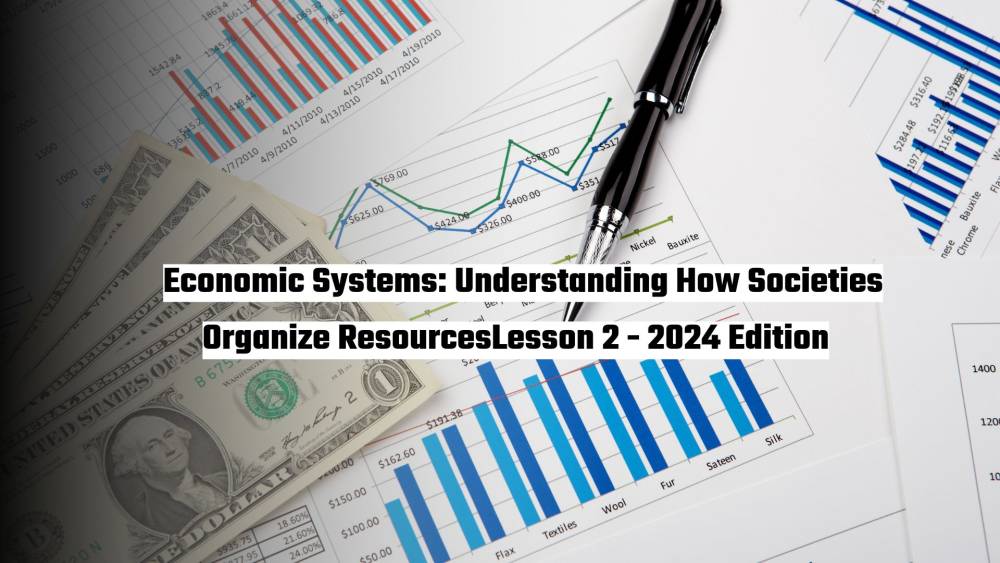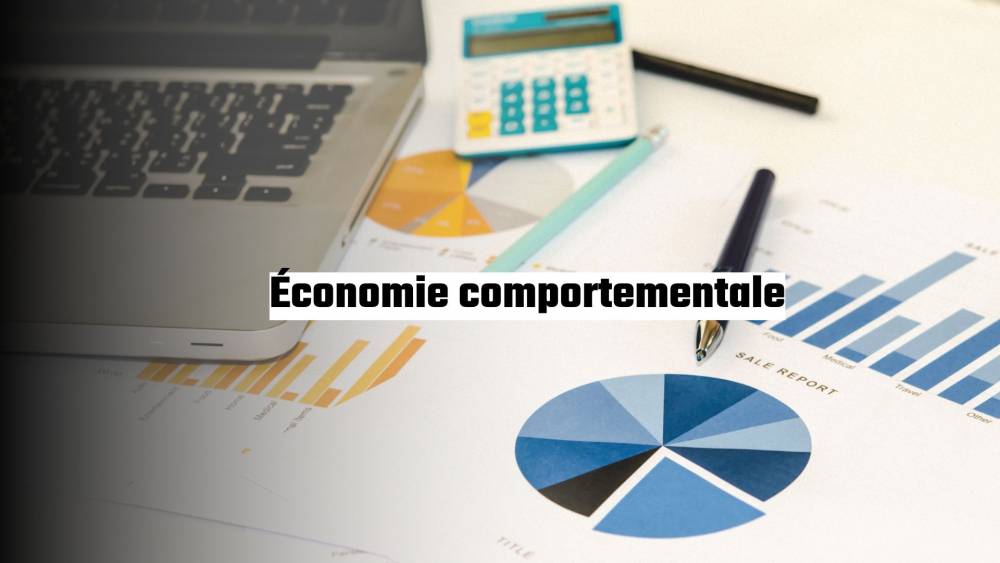Migration is a complex and impactful force that drives both social and economic changes worldwide. The movement of people from one place to another—whether across cities, countries, or continents—carries significant implications for labor markets and public policy. Migrants influence economies by filling labor gaps, contributing skills, and sometimes shifting local wage dynamics. As migration grows, policies become crucial in managing labor markets to maximize benefits and address challenges.
This article explores the economics of migration, the effects on labor markets, the economic impact on origin and host countries, and the range of policies designed to balance migration's influence.
Understanding Migration Economics
Migration economics is the study of how migration affects economies, labor markets, and policy structures. Migration flows stem from factors like wage differences, employment opportunities, political instability, and family reunification. Economists examine these flows to understand how migrants shape labor markets and contribute to national productivity, sometimes shifting traditional economic and social structures.
Factors Influencing Migration
Migration is driven by multiple "push" and "pull" factors:
-
Push Factors: These are reasons that encourage individuals to leave their home countries, such as economic hardship, political instability, conflict, or environmental conditions.
-
Pull Factors: These factors attract migrants to a particular location, often for better employment opportunities, higher wages, political stability, and improved living conditions.
Together, these push and pull factors interact to create migration patterns that continuously impact labor markets and policy decisions.
Types of Migration and Their Economic Impacts
Migration takes various forms, each impacting economies differently:
-
Skilled vs. Unskilled Migration: Skilled migrants often bring specialized knowledge and innovation, benefiting industries in host countries. Unskilled migrants typically fill essential roles in agriculture, manufacturing, and services, supporting labor-intensive sectors.
-
Temporary vs. Permanent Migration: Temporary migrants fill short-term labor needs, often in seasonal industries. Permanent migrants are more likely to settle, integrate, and contribute to the long-term economy.
-
Internal vs. International Migration: Internal migration (within countries) affects regional economies by redistributing labor, while international migration influences labor markets on a global scale.
Migration Trends in the Global Economy
Migration patterns have evolved, largely influenced by globalization, economic policies, and regional developments. Key trends include:
-
Increased Migration to High-Income Countries: High-income nations attract migrants with higher wages and employment opportunities, creating diverse labor pools.
-
Growth of South-South Migration: Migration between developing countries has risen significantly, driven by trade partnerships and regional integration, such as within ASEAN and Mercosur.
-
The Role of Globalization: Reduced barriers to movement and improved communication and transportation have encouraged migration, influencing labor markets worldwide.
Migration and Labor Market Dynamics
Migrants play a significant role in labor markets by:
-
Affecting Supply and Demand: Migration increases labor supply, especially in sectors where native workers are scarce. This can reduce labor shortages and support business growth.
-
Influencing Employment and Wage Levels: While migrants can introduce competition in certain sectors, their presence often complements native-born workers by filling specific roles and skill gaps. Wage effects vary by skill level and industry, with low-wage sectors often experiencing moderate wage decreases.
-
Sectoral Distribution of Migrant Labor: Migrants are frequently concentrated in agriculture, construction, healthcare, and services. Their roles differ by country, impacting various industries based on regional needs.
Economic Contributions of Migrants
Migrants provide essential economic contributions to host countries through:
-
Addressing Labor Shortages: Migrants fill vital roles in sectors with high demand but limited native-born workers, such as health care, agriculture, and engineering.
-
Boosting GDP and Economic Growth: Migrants contribute to the GDP by working, spending, and often by creating new businesses. In many countries, they are instrumental in sustaining economic growth, particularly in aging populations.
Challenges and Opportunities for Host Countries
While migration brings economic gains, it also introduces challenges:
-
Economic Benefits: Host countries benefit from a diversified workforce, increased innovation, and a broader tax base due to migrant contributions.
-
Social and Economic Integration: Integrating migrants into the labor market and broader society can present difficulties, including language barriers, recognition of credentials, and social cohesion issues.
Labor Market Impacts in Source Countries
Migration affects labor markets in source countries by:
-
Brain Drain and Skill Loss: High emigration rates of skilled workers can reduce innovation and workforce quality in source countries, especially in healthcare and STEM fields.
-
Economic Benefits from Remittances: Remittances sent by migrants to family members back home are a critical economic resource for many countries, often surpassing foreign direct investment and development aid.
Policy Approaches to Migration
Policies play an essential role in maximizing the benefits of migration while addressing its complexities.
Labor Market Policies and Migration
Labor market policies impact migration by regulating wages, working conditions, and occupational licensing:
-
Minimum Wage and Employment Policies: Minimum wage laws help prevent migrant worker exploitation and maintain wage standards. Employment policies for migrants address job placement and training.
-
Occupational Licensing: Policies that recognize foreign credentials enable skilled migrants to enter professional fields without barriers, especially in healthcare and engineering.
Immigration Policy Design
Migration policies vary widely, often tailored to meet economic needs:
-
Temporary Work Visas: These allow for the recruitment of seasonal or short-term labor in sectors like agriculture and tourism.
-
Skilled Migration Programs: Points-based systems, used by countries like Canada and Australia, prioritize skilled workers based on education, work experience, and language ability.
-
Family Reunification and Asylum Policies: Many countries offer visas based on family connections or humanitarian needs, supporting social stability.
Regional Migration Policies
Regional partnerships influence migration flows and policies:
-
European Union’s Free Movement Policy: This policy permits EU citizens to live and work in any EU country, creating a single labor market across Europe.
-
NAFTA/USMCA and Migration: North American trade agreements encourage labor movement across the U.S., Canada, and Mexico, although with limited worker mobility provisions.
-
South-South Migration Dynamics in ASEAN: ASEAN’s integration promotes migration within Southeast Asia, often benefiting manufacturing and service sectors in member states.
Economic Theories of Migration
Several theories offer frameworks for understanding migration economics:
-
Neoclassical Theory: Suggests that wage differences drive migration, with people moving to regions with higher pay.
-
Dual Labor Market Theory: Proposes that migration fulfills demand in segmented labor markets, often occupying positions native workers avoid.
-
New Economics of Labor Migration: Examines migration decisions within households rather than individuals, highlighting family-based decisions to maximize income.
Measuring the Economic Impact of Migration
Assessing migration’s effects requires reliable data and tools:
-
Labor Market Metrics: Employment rates, wage levels, and skill distribution data reveal migration’s impact on the workforce.
-
Policy Analysis Tools: Economists use models to simulate policy outcomes, helping design policies that optimize migration benefits.
Economic Benefits vs. Social Costs of Migration
While migration boosts economic growth, it also brings challenges:
-
Economic Gains: Migration supports labor market needs, enhances productivity, and drives innovation, benefiting GDP growth.
-
Social Integration Costs: Cultural differences, language barriers, and public perceptions can lead to social challenges, requiring integration policies.
Technology’s Role in Migration and Labor Markets
Technological advancements affect migration and labor demands:
-
Automation: While reducing demand for low-skilled jobs, automation creates opportunities in tech and innovation, requiring policy adaptations.
-
Remote Work: Digital migration allows people to work remotely, encouraging virtual cross-border employment.
Future Outlook on Migration Economics
As demographics and technology evolve, migration policies are likely to adjust:
-
Predicted Trends: With aging populations in developed countries, demand for migrant labor is expected to rise, especially in healthcare.
-
Policy Innovations: Policymakers may incorporate flexible work arrangements and sustainable migration models to meet future demands.
Case Studies on Migration and Labor Market Policies
Real-world examples illustrate migration’s economic effects:
-
United States: U.S. immigration policies impact sectors like technology, agriculture, and services, with ongoing debates on skilled and unskilled migration.
-
Canada’s Points-Based System: This merit-based approach attracts skilled migrants, contributing to innovation and economic growth.
-
Germany’s Integration Policies: Germany focuses on integrating migrants into the labor market, with positive outcomes in manufacturing and engineering.
Key Takeaways on Migration Economics
Migration has complex and transformative effects on labor markets and policy. Balancing economic gains and social costs requires well-designed policies, addressing both immediate labor demands and long-term integration. International cooperation and evidence-based approaches will play critical roles in ensuring migration benefits economies sustainably.
FAQs on Economics of Migration: Labor Markets and Policy
What are the main economic effects of migration?
Migration boosts economic growth, fills labor shortages, and enhances diversity in the workforce. It also creates challenges in wages, job competition, and social integration.
How does migration impact local labor markets?
Migrants often complement the native workforce, filling essential roles and contributing skills. However, they can also compete with local workers, especially in low-wage sectors.
What are the benefits of migrant labor for economies?
Migrant labor supports sectors facing worker shortages, raises productivity, and helps sustain economic growth, especially in countries with aging populations.
How do host countries address the social impacts of migration?
Countries use integration policies that promote language skills, cultural adaptation, and community engagement, which help mitigate social challenges.
What is the role of remittances in source countries?
Remittances are a major income source for many families and contribute significantly to economic stability and poverty reduction in migrants' home countries.
How does technology impact migrant labor dynamics?
Automation affects demand for low-skilled jobs, while digital platforms create virtual migration opportunities, enabling cross-border employment remotely.

































